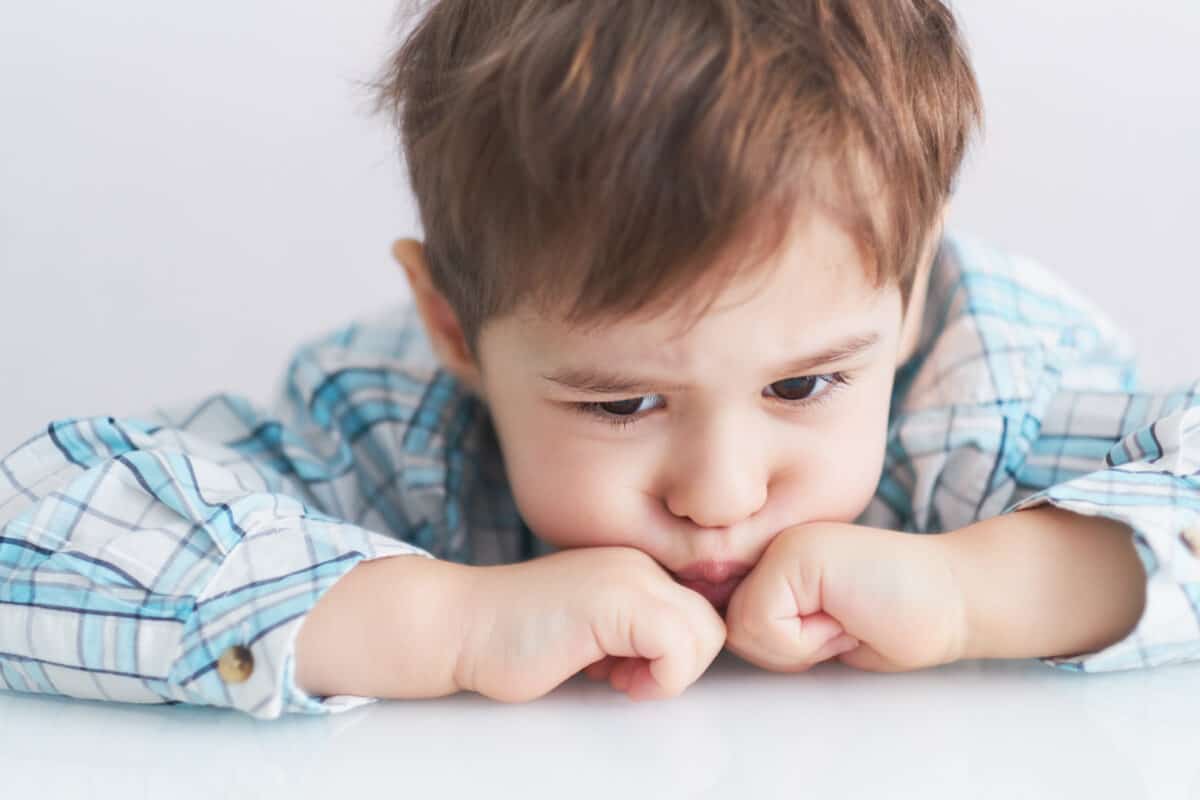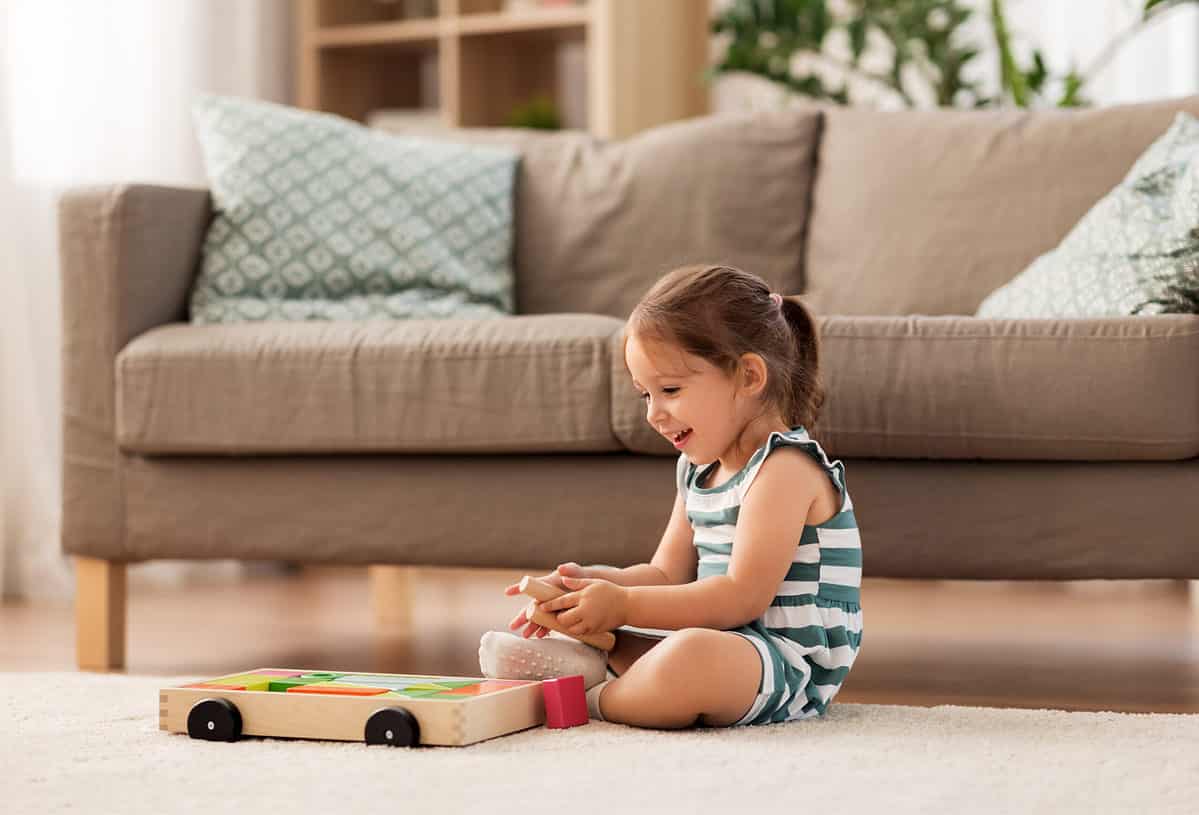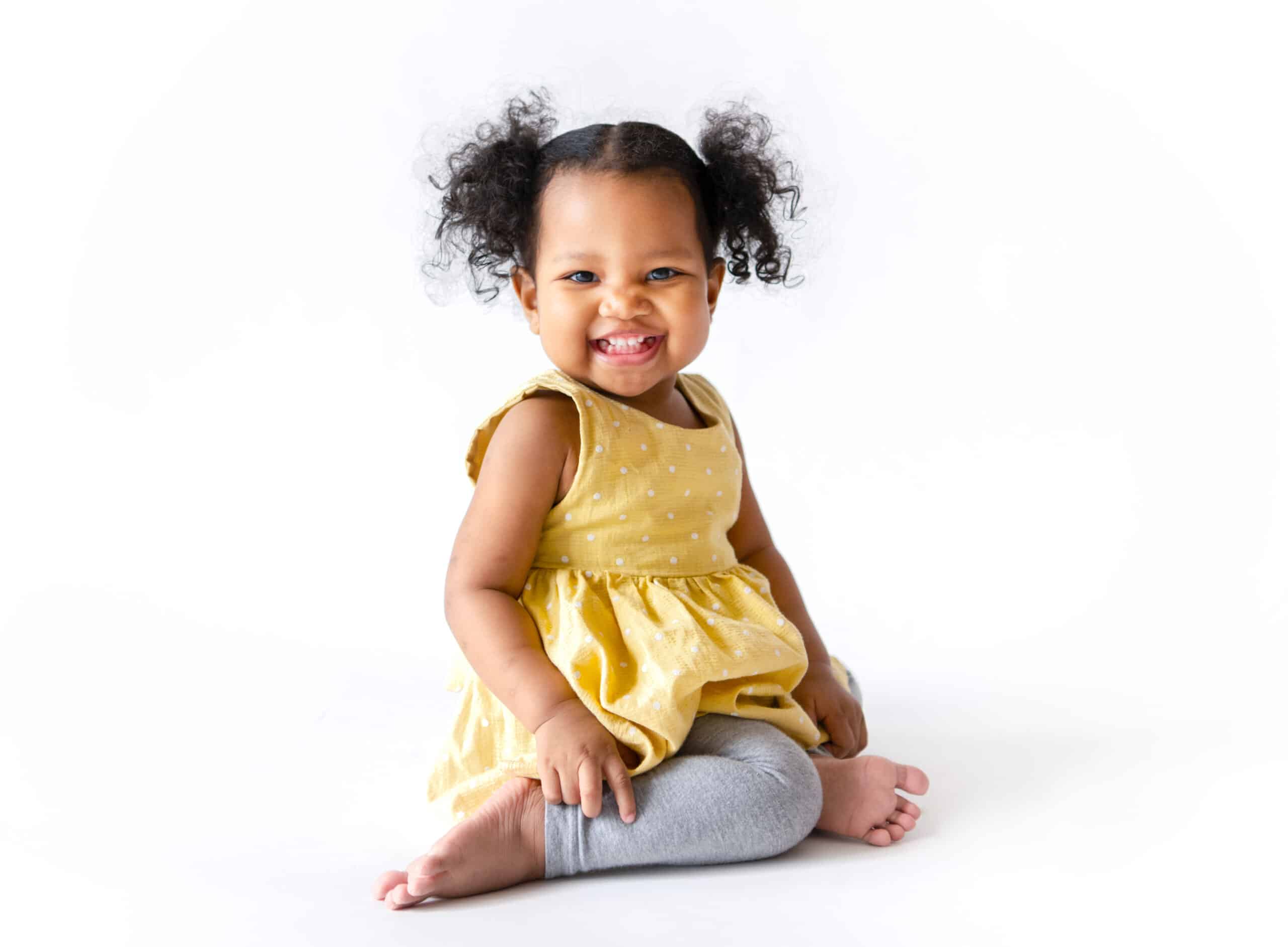Once your child turns 3 years old, you will see remarkable progress. At this age, most children will have a larger vocabulary, become better at problem-solving, and learn to use the toilet, among other great achievements. If your child is getting close to this age, then it is wise to be prepared, so here are the developmental milestones at 3 years of age.
Key Points of Development at 3-Years-Old
- 3 years old is a serious milestone in child development. They are emoting far more and in higher displays but they will be able to control their emotions more easily.
- Toilet training should be mostly complete at this point but kids may still need some extra help on occasion.
- Separation anxiety may be more serious at this point. It's completely normal and something they will grow out of.
- Kids develop at different rates so don't worry if they miss a milestone at exactly the right time. However, if they miss a few too many it might the right idea to consult your doctor.
Emotional Milestones at 3-Years-Old

©Yavdat/Shutterstock.com
Your child will really start to come into their own at this age and discover many of the emotions that we also feel as adults. They may feel shame or guilt and not know what it means, so as parents, you need to be understanding.
It is also at this time that your child will become more receptive to your emotions and how their behavior makes you feel. They may come up and try to comfort you when you cry, or they see you in pain. It's important to be clear with your words and emotions.
You can still expect some temper tantrums during this time, but they will be less frequent than they were in the past. At this age, these tantrums will likely be due to them not understanding these new emotions. There is also the chance that some kids will bite. If they do, tell them that it is wrong to do so, and they will grow out of it.
Separation Anxiety
Many children may start to experience separation anxiety at this age, even when you drop them off at familiar places, like grandma’s house. If this is the case, then it is important not to avoid separation or they will never get better. Instead, keep the goodbyes short and remind your child when you will be back and the things you will do together once you are reunited. They will get past this phase.
New Skills and Physical Milestones at 3-Years-Old
Your 3-year-old will become a lot more active this year. They will become very proficient at using their spoon during meals, and they may even be able to unscrew jar lids. However, this proficiency might lead to your child exploring places they are not supposed to be.
At this age, you will notice that your child is better at some of the skills that they started in the past, including walking up and down the stairs and physical activities like catching, throwing, and kicking balls.
Most children will also learn new skills at this point, including how to jump up and down, get dressed, draw a circle, and ride a tricycle. There are many great activities you can do to help your child further develop these skills.
Toilet Training
If your child hasn’t yet been potty trained yet, then they will likely learn at this age. You can tell that they are ready if you notice some or all of the following signs:
- They know and tell you when they need to go to the bathroom.
- Your child wakes up dry after naps and in the morning.
- They are able to sit comfortably in a position for a while.
- They show interest in the toilet.
- Ability to follow simple instructions and remember them.
There are many ways to approach toilet training and many techniques that you should teach along the way. Consider these toilet training guidelines.
Language and Problem-Solving Skills at 3-Years-Old

©Ground Picture/Shutterstock.com
When it comes to language, your child should be able to say upwards of 200-500 words or more, and they will be able to use those words in long sentences. This is a great time to be a parent because you can hold back-and-forth conversations with your kids, although they will be relatively simple. It is also around this age that your child will be able to start a conversation by saying where they have recently been or what they’ve done.
Your child will also be able to add some proper grammar into their sentences and implement past tense verbs. So, they might start to say things like “I talked to daddy” instead of “I talk to daddy.” Continue to speak with not at your child at this age and watch their language skills explode.
If you happen to live in a bilingual household, then they will still know a lot of words by this time, but instead of knowing 50 words in one language. They might know a total of 50 total between the two languages.
Problem-Solving
The developmental milestones at 3 years of age will also include improved problem-solving skills. You will see your child get better at matching items, they will play with more complex toys, and they will ask more questions about what they see during their day in the hope of learning about the world around them.
You can encourage their cognitive abilities by allowing them to engage in a variety of activities and games that will help them think about the world in new ways. When you see them learn a new skill, applaud them and encourage them to continue to learn. Also, continue talking to them as often as you can to build their communication skills and help to learn about the world.
Growth and Appearance at 3-Years-Old
Once they reach 3 years old, many children will experience slower growth than they have up until this point. That is because they will be losing some of their baby fat and gaining a bit more muscle. You may notice that their arms will become slimmer and their upper body will appear narrower. These changes may make them appear slim or fragile-looking, but it is completely normal.
Eating Behaviors
Even though your child may naturally appear to be thinner, you still need to feed them appropriately. At 3 years old, your child should be consuming about 1,000 calories per day. They may eat more if they are going through a growth spurt. You don’t need to necessarily count calories, but your kid should have 1 cup of vegetables, 1 cup of fruit, 2 ounces of protein, 3 ounces of grains, and about 2 cups of dairy each day.
While everyone is different, you can expect your child to be near the averages in the table below. Anything drastically different should be brought up to a doctor.
| Girls | Boys |
|---|---|
| Average weight: 30.7 pounds | Average weight: 31.8 pounds |
| Girls' average height: 37.1 inches | Boys' Average height: 37.5 inches |
What Parents Should Watch Out for at 3-Years-Old
Every child will be slightly different around this age, with some catching on to certain activities before others. However, you may want to contact your pediatrician if you notice more than one of the issues below:
- Your child is unable to balance on one foot.
- They are unable to go up and down the stairs.
- Loses skills they once had.
- Has unclear speech.
- Doesn't want to play with other children.
- Cannot speak in sentences.
- Doesn’t make eye contact.
- Cannot draw a straight line.
So, those are the major developmental milestones at 3 years of age. You will see a lot of growth during this year, and you are bound to be proud of your little boy or girl. Continue to support your child, and they will continue to evolve.
Keep up with all of the key childhood developmental milestones here!
The image featured at the top of this post is ©Rawpixel.com/Shutterstock.com.
